CategoryUniversity Case Study
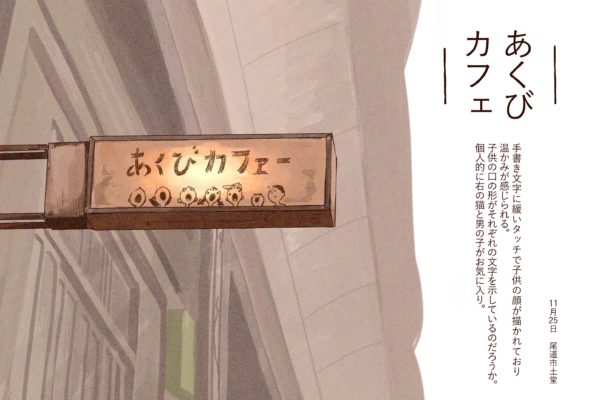
Research Assignment on Design Elements in the Local City
Onomichi City, where our university is located, is a relatively small local city with a population of about 130,000. In the past, Onomichi was a hub of cultural, material, and human exchange where Kitamae ships called at ports. Since the modern era, it has developed as a key location for maritime affairs in the Seto Inland Sea. What is the design that characterizes the townscape of such a small local city? The elements that shape the region image in a metropolitan area change rapidly in response to the changes of the times, but those in a local city are relatively gradual and have a retro feel that seems to have […]
Read More2022.3.29

The Relationship between Region and Design
Our school considers regional characteristics and design education to be an essential relationship today and has prepared a program of regional cooperation subjects and projects. In particular, the Ministry of Education, Culture, Sports, Science and Technology’s “Project for Universities as Drivers of Regional Revitalization through New Human Resources Education Programs” focuses on the development of regional human resources. By developing a curriculum of design management as a common subject for all departments in the Faculty of Design, we are fostering not only design skills but also fostering design thinking ability as a management resource and developing human resources who can play an active role in the local community. The […]
Read More2022.3.29

Creating an Enriching Life and New Cultural Values
The Faculty of Design at Okayama Prefectural University was established as the first faculty in Japan to bear the name of design. It has produced many designers, professionals, and researchers through its specialized education and research in design. Based on these achievements, the Faculty of Design, as the embodiment of practical learning, aims to nurture human resources who can contribute to the region and the world, with the design and management skills necessary to create an enriching life and a new culture in a changing society. The Faculty of Design has undergone two departmental reorganizations. From the academic year 2021, we will be offering new design education in three departments: […]
Read More2022.3.29
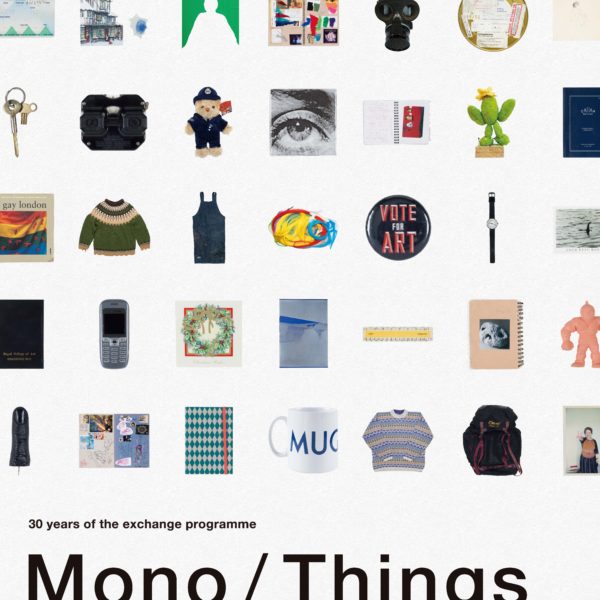
Archiving the Enriching Exchange Programs
30th Anniversary of Exchange Program with RCA The Kyoto City University of Arts has concluded exchange programs and agreements with 19 universities around the world. The Faculty of Fine Arts and the Graduate School of Arts has concluded agreements with 11 universities in 9 countries in Europe, North America, and Asia, including the Royal College of Art (London, UK), Politecnico di Milano (Milan, Italy), Ecole Nationale Supérieure des Beaux-Arts (Paris, France), Aalto University (Helsinki, Finland), and NSCAD University (Halifax, Canada) to offer exchange programs. In particular, we began an agreement with the Royal College of Art (RCA) in 1989, which marked the beginning of our exchange program, and we continue […]
Read More2022.3.29

Under the theme of “Creativity born from cross-disciplinary approaches”, the KYOTO Design Lab at Kyoto Institute of Technology (KYOTO) holds the “ME310/SUGAR” program every year. It is a nine-month program in which participants work together with overseas universities using design thinking methods to tackle various issues provided by global companies. The “ME310/SUGAR” is an educational network in which the “ME310” program from Stanford University has spread to over 20 universities around the world as the “SUGAR Network” and Kyoto Institute of Technology is the only research and educational institution in Japan to participate in this network. On July 9, 2021, Kyoto Design Thinking EXPO 2021 was held as an opportunity […]
Read More2022.3.29

"Saihate", Art Festival Participation Project
The first Oku-Noto Triennale was held in 2017 in Suzu, the farthest point at the tip of the Noto Peninsula, attracting over 70,000 visitors. At Kanazawa College of Art, a group of students and faculty members from different majors and grades formed the Kanazawa College of Art, Art Project Team, Suzupro, to create an installation work in a large old house in Suzu City and to engage with the local community through various activities such as planning in collaboration with the shopping district. The second Oku-Noto Triennale was scheduled for the fall of 2020. However, due to the impact of the new coronavirus, it was postponed to the fall of […]
Read More2022.3.29

Designing a Human-Centered Information Environment
Future University Hakodate is a public university based on information science, which opened in 2000. Under the motto of “Open Space, Open Mind”, the university aims to nurture “a high professional capability in Systems Information Science”, “the ability to explore and conceptualize problems supported by research skills and associated attitudes”, “the ability to express information through teamwork and co-creation”, “the ability to learn autonomously and continuously (meta-learning)” and “humanity required for a specialist”. Undergraduate design education aims to acquire the ideas, knowledge, and techniques necessary to design a human-centered information environment. While integrating various disciplines such as information design, cognitive psychology, sociology, and communication, students will learn the philosophy of […]
Read More2022.3.29

Towards the Interdisciplinary of "Design Engineering" and "Media Engineering"
At Iwate University’s Graduate School, for Design and Media Technology (Master’s Course, Doctor`s Major), students can study design technology and media technology. In design technology, students learn about the environment, products and content, while in media technology, research is conducted on the basic technologies that support design. The aim is to create a deeper learning and research environment by approaching specialized fields from both media technology and design technology. At the same time, groups of students from different fields, including international students, engage in problem-solving projects to acquire interdisciplinary knowledge, mutual communication skills, communication skills through group learning. We aim to develop human resources who can play an active role […]
Read More2021.7.5

New Ways of Living and Working with COVID-19 and Singularity
COVID-19 and Singularity The spread of the new coronavirus has led to a search for new ways of living and working. We were forced to take online lessons at Okayama Prefectural University. When thinking about new lifestyles and design, we had a chance to think about the Singularity (Technical Singularity), the point at which artificial intelligence will be able to surpass human capabilities. If we are to reach the Singularity, would design survive? What do we need to do to survive? We believe that the jobs that require communication with people and the jobs of creators who create new things will have a high probability of survival. The face-to-face classes, […]
Read More2021.7.2

Campus Life Creation Month for New Coronavirus Response
The Faculty of Design, Sapporo City University has set up a new coronavirus-response campus life creation month (June 29 – July 31) so that students can safely spend time on campus for face-to-face classes, which have partially resumed in the latter half of the first semester. When students resumed school, the School of Design announced a strict principle: “No private conversations! Although it was not mandatory, it was a message from the Faculty of Design to encourage students to be very careful in their resumed university life. On the other hand, we also want student to enjoy this kind of life as creators, so we decided to hold a design […]
Read More2021.7.2
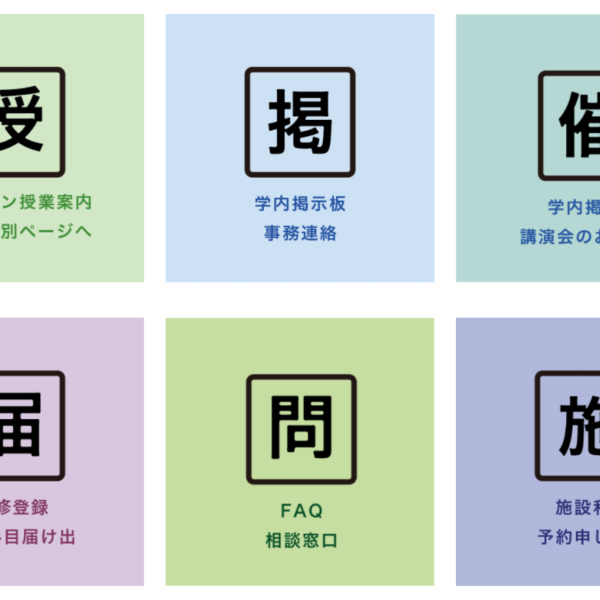
Kanazawa College of Art's "Coronavirus and New Lifestyle and Design" Initiatives
Introduction of Distance Learning Kanazawa College of Art has been promoting education under the motto “Think with Hands, Make with heart” in its educational guidelines, and has been placing great importance on small-group, face-to-face education. Although our university has kept a distance from distance education, the spread of COVID-19 has forced us to take a major step toward the introduction of online classes. Here I would like to mainly summarize the development of our distance learning system and the results of our preparations for the new semester, which supposed to start in early April 2020 and was pushed back to May 11, 2020, and a review of our current situation. […]
Read More2021.7.2

The Succession and Development of Art and Craft and the Promotion of Local Culture and Industry
Kanazawa College of Art was founded in 1946, amidst post-war confusion and desperation. It has inherited and developed arts and crafts with the enthusiasm of Kanazawa citizens who loved learning, loved traditions, and sought to contribute to the peace of humankind and aims to promote local culture and industry. In 1955, it was approved as a four-year university to engage in unique education and academic research in the field of arts, crafts, and design. Since then, the university has produced many living national treasures and first-line creators and has supported the development of culture and the arts at home and abroad. In 2023, the university will be moving to a […]
Read More2021.7.2
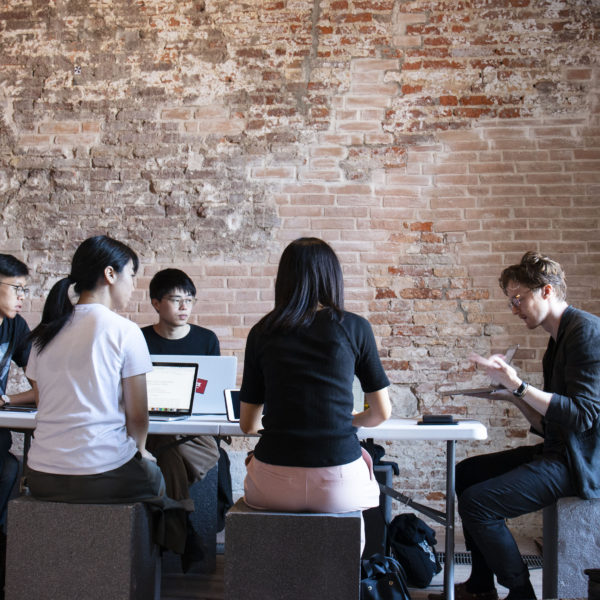
Social Interaction Design in Practice
The problems faced by modern society are characterized by a complexity that cannot be solved by a single technology or thinking approach. Today’s society requires “design thinking” to seek the real structure underlying problem phenomena and to propose new solutions by editing various technologies. The Design Program at Kyoto Institute of Technology defines the new role and function of design as social interaction design. It aims to nurture human resources who can create not only products but also new services and implement them in society. Future designers who practice social interaction design will be required to have the ability to 1) create new value, 2) collaborate across different disciplines, and […]
Read More2021.7.2
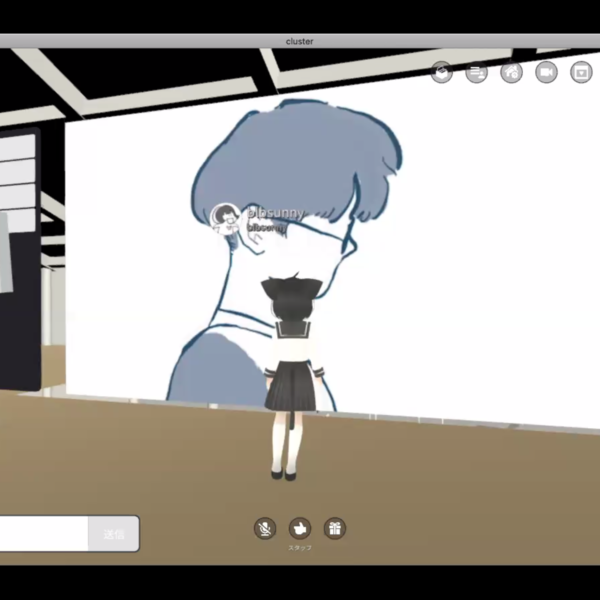
Many projects that were initially planned at the KYOTO Design Lab of Kyoto Institute of Technology were canceled or postponed due to the coronavirus. As part of its efforts to develop new ways of collaboration through remote workshops and lectures, an online workshop project, “(Re)generating Japan – speculating a new “new normal” after COVID-19” (https://www.d-lab.kit.ac.jp/news/2020/regenerating-japan/) was conducted. This project is an experiment in which the university, as a testing ground for society, seeks new models of education and practice, and new areas of activity. Using the “new lifestyle” proposed by the Ministry of Health, Labor and Welfare as a starting point, we invited participants of all nationalities and fields of […]
Read More2021.7.2
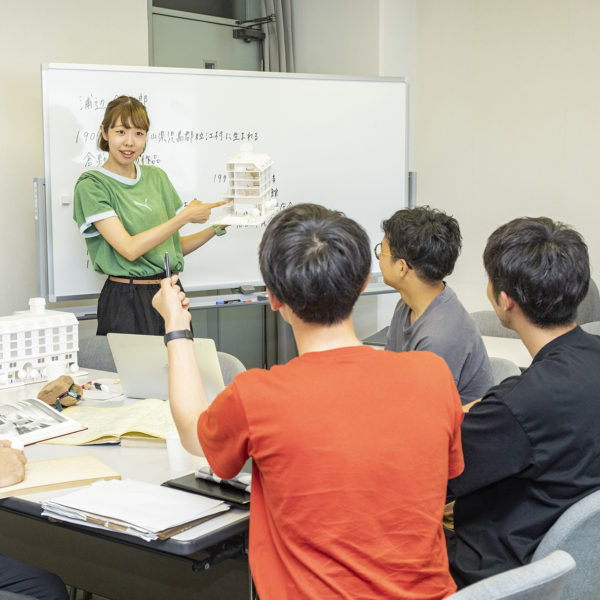
Creating an Enriching Life and New Cultural Values
The Faculty of Design at Okayama Prefectural University was established as the first faculty in Japan to bear the name of design. It has produced many designers, professionals, and researchers through its specialized education and research in design. Based on these achievements, the Faculty of Design, as the embodiment of practical learning, aims to nurture human resources who can contribute to the region and the world, with the design and management skills necessary to create an enriching life and a new culture in a changing society. The Faculty of Design has undergone two departmental reorganizations. From the academic year 2021, we will be offering new design education in three departments: […]
Read More2021.7.2
